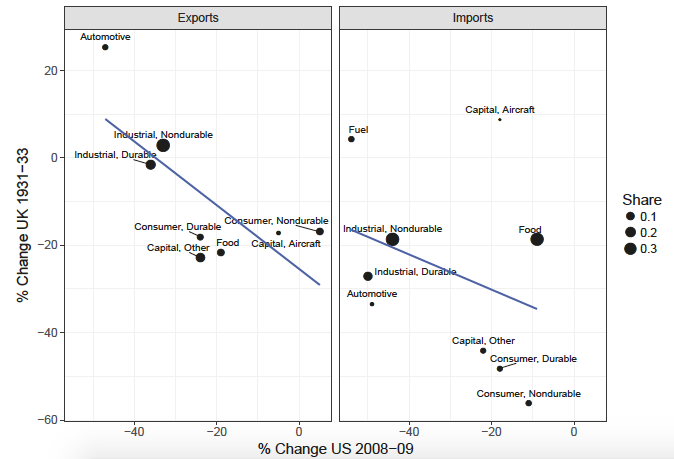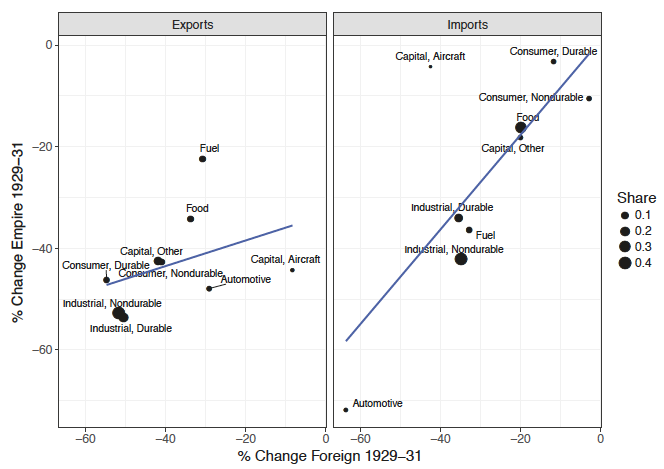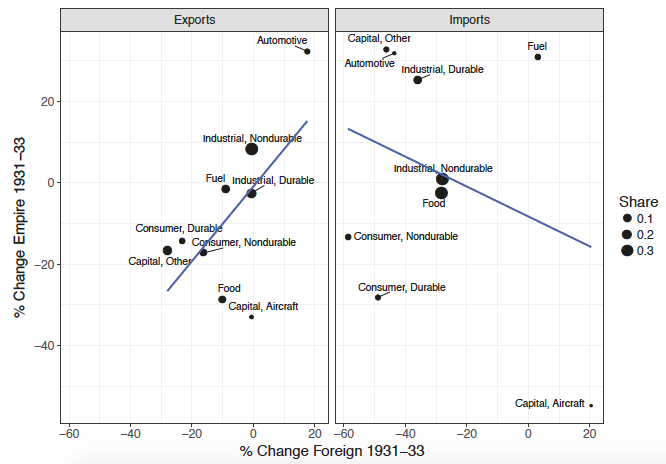WASHINGTON — By the time American negotiators wrapped up high-level talks with a visiting Chinese delegation last week, President Trump's ambitions for a multibillion-dollar trade agreement had, for the time being, shriveled into a blandly worded communiqué without any dollar figures. It was not clear that the talks set a path to success.
Ceaseless infighting and jockeying for influence on the White House's trade team helped deprive Mr. Trump of a quick victory on his most cherished policy agenda, several people involved in the talks said. The deep internal divisions carried over into how officials characterized the agreement and muddied the outlook for the next phase of the negotiations between Washington and Beijing.
Treasury Secretary Steven Mnuchin said Sunday that the United States would hold off on imposing tariffs on China, putting the trade war "on hold," but hours later, the United States trade representative, Robert Lighthizer, warned the Chinese that the Trump administration might yet impose tariffs.
On Friday, Mr. Trump's chief economic adviser, Larry Kudlow, told reporters that China had offered to reduce its trade surplus with the United States by $200 billion. Two days later, he said that the number was merely a "rough ballpark estimate," and that the two countries never expected to reach an agreement and merely planned to issue a statement laying out next steps.
It was a muddled end to a chaotic process — one that revealed an American team riven by conflicts over tactics and policy, working for a president eager for a victory but torn by his desire to have a smooth summit meeting next month with North Korea, over which China wields enormous influence.
Now the future of the negotiations falls to Wilbur Ross, the 80-year-old commerce secretary, who will travel to China in the coming days to try to nail down the commitments that proved so elusive in last week's negotiations.
Mr. Ross brings uncertain credentials to this task: Last summer, he attempted to strike a deal with China to reduce its steel production capacity. When Mr. Trump heard of the plan, he berated Mr. Ross and demanded that his advisers bring him a package of draconian sanctions.
On Monday, Mr. Trump put the best face on the talks, highlighting a Chinese pledge to buy more American agricultural exports. "Under our potential deal with China," he said on Twitter, "they will purchase from our Great American Farmers practically as much as our Farmers can produce."
It was far from the take-no-prisoners tone he struck before the Chinese arrived, when the president talked about a deal that would overhaul almost every element of the commercial relationship between the United States and its greatest economic competitor.
"The U.S. has very little to give," he tweeted last week, "because it has given so much over the years. China has much to give!"
In fact, the Chinese were well aware of the divisions in the administration's trade team — and set out to exploit them, according to people briefed on the deliberations. They recognized that Mr. Trump's advisers were split between implacable critics of China, like Mr. Lighthizer and Peter Navarro, the director of the White House national trade council; and free-traders who were more sympathetic, like Mr. Kudlow, Mr. Ross and Mr. Mnuchin, a former Goldman Sachs executive.
The divisions within the American team revolve around whether the United States should try to secure a short-term deal with China that would benefit some industries and avert a potential trade war, a path that Mr. Mnuchin prefers, or whether they should pressure China to make more fundamental changes to its economy, a path that Mr. Navarro and Mr. Lighthizer say is preferable.
Mr. Mnuchin led the Treasury Department in declining to label China a currency manipulator, defying one of Mr. Trump's campaign promises. He joined Gary D. Cohn, Mr. Trump's former chief economic adviser, in quietly arguing against trade measures — like withdrawing from the North American Free Trade Agreement — that could provoke retaliation and roil the American economy.
For months, the Chinese cultivated Mr. Mnuchin as part of a concerted effort to establish him as the primary American interlocutor. And to the dismay of some of his colleagues, he embraced that role — most visibly when Mr. Trump sent his own trade delegation to Beijing early this month.
ADVERTISEMENT
During that trip, Mr. Mnuchin agreed to a private meeting with China's top economic official, Liu He, without Mr. Navarro or any other members of the American delegation. He and Mr. Navarro stepped outside to engage in a profanity-laced shouting match, an unmistakable demonstration to the Chinese of their deep differences of opinions. Mr. Mnuchin sought to play down tensions between the American officials, saying on CNBC that Mr. Navarro was "an important part of the team."
Last week, the Chinese came to the United States prepared to deal, both by making numerical commitments to buy American goods and by promising structural changes to their economy. Over a period of years, that combination could equal $200 billion in additional trade — a figure echoing Mr. Trump's target of reducing the trade deficit by $200 billion.
But the Chinese were not willing to make an outright commitment to reduce the trade deficit by a specific dollar figure, believing that trade balances are the result of broader economic factors, such as currency valuations and economic growth, and such a commitment could set off more conflict with the United States down the road.
It is not clear that the Chinese ever saw the $200 billion figure as realistic or even relevant, people briefed on their plans said. But they realized its symbolic importance for Mr. Trump, and they were making an effort to give him some kind of victory.
In return for concessions, the Chinese were expecting the administration to offer relief to the Chinese telecommunications firm ZTE, which had been crippled by national security sanctions that prevented it from buying any American technology.
The Sunday before the Chinese arrived, Mr. Trump said on Twitter that he might rethink the company's punishment in return for trade concessions — and as a personal favor to Mr. Xi. But by the time Mr. Liu touched down last week in Washington, the president's statements had provoked a fierce backlash in Congress, and the politics around ZTE had shifted.
The Chinese also found new resistance to their requests to relax the export controls that prevent them from buying militarily sensitive products. Mr. Mnuchin's openness to this request set off fierce opposition within the administration, especially among Pentagon officials, who feared the sales could compromise American national security.
On Tuesday, Mr. Mnuchin said at a Senate hearing that the United States would reject any trade deals that included weakening export restrictions on sensitive military technology.
"Export control items are absolutely not on the table for discussions, we would in no way look to loosen that," Mr. Mnuchin said, explaining that Mr. Trump has asked him to aggressively review deals involving such industries. "I can assure you this president is very focused on, as I've said, protecting American technology."
As the talks with China began, Trump officials put out word — first in private, and then publicly — that the Chinese were prepared to meet the $200 billion target. Their motives differed:
Some may have blared the figure in an effort to lock the Chinese into their promises. Others may have leaked it as a warning that the administration was focused on reducing the trade deficit at the expense of other priorities, like overhauling the Chinese economy and ending its pattern of forcing American companies that do business in China to hand over intellectual property.
Whatever the motivation, the leaks ignited a backlash from the Chinese. On Thursday, the Chinese Foreign Ministry denied that it had offered to reduce its trade surplus by $200 billion. On Friday, the state-run People's Daily labeled the reports "a misunderstanding."
Also on Friday, Mr. Kudlow told reporters that "the number's a good number." But on Sunday, he said, "Maybe I got ahead of the curve."
Mr. Trump, Mr. Kudlow said, liked the number, "but it's too soon to lock that in."
After expecting to wrap up talks on Friday, the two sides argued into the night about the wording of their joint statement, and the talks extended into the next day.
The final product was vaguely worded and lacked numerical commitments or any firm details.
In multiple TV appearances after the announcement, Mr. Mnuchin, Mr. Kudlow and Mr. Ross presented the deal positively in an effort, some trade analysts say, to paper over divisions with the Chinese until after the summit meeting next month with the North Koreans.
Not everyone was so pleased. On Sunday, Mr. Lighthizer released a statement on the talks that many in Washington saw as a not-so-veiled critique of Mr. Mnuchin's choice to prioritize the trade deficit.
"Real work still needs to be done to achieve changes in a Chinese system that facilitates forced technology transfers in order to do business in China and the theft of our companies' intellectual property and business know how," it said.
"Getting China to open its market to more U.S. exports is significant," Mr. Lighthizer continued, "but the far more important issues revolve around forced technology transfers, cybertheft and the protection of our innovation."
Critics said Mr Trump
was at risk
of jeopardizing a trade
policy that had put China on the
defensive for the first time in decades.
"It's absolutely stunning how we snatched defeat from the jaws of victory," said Stephen K. Bannon, the president's former chief strategist and a prominent representative of the nationalist wing.
"China is still in a trade war with us," he said. "It's just that we're unilaterally calling a truce."
But after the talks in Washington, the Chinese, too, seemed bewildered by the divisions, saying that even if they were able to secure concessions from Mr. Mnuchin, they were not sure those promises would ultimately hold, according to people briefed on the discussions.
For the moment, it is Mr. Ross, not Mr. Mnuchin, who will be sitting across the table as the two sides continue to work toward a deal.
-- via my feedly newsfeed






